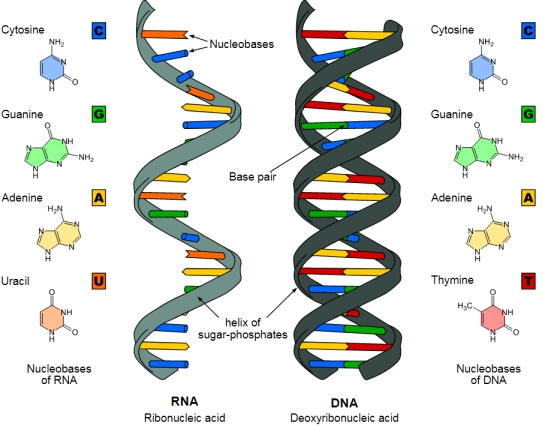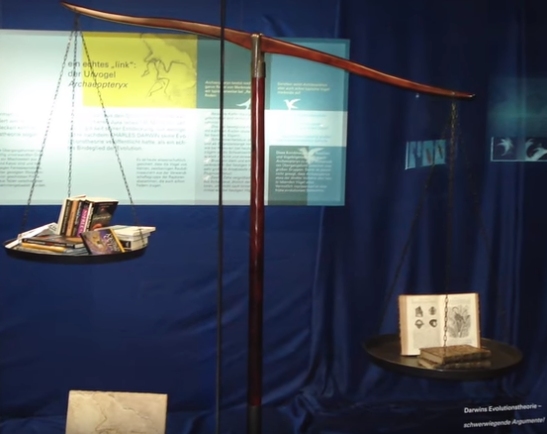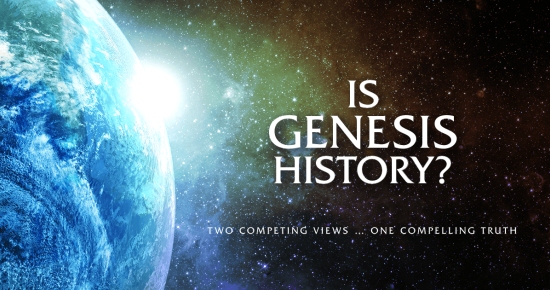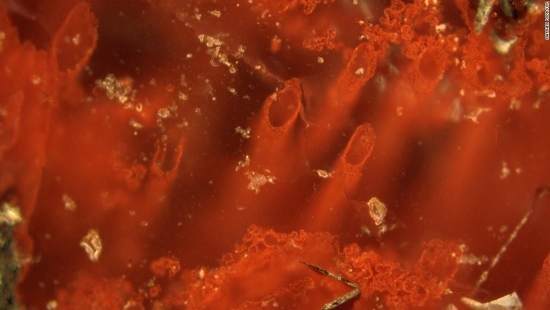
(click for credit and a larger image)
Several years ago, Dr. Ivan Oransky (MD) and Adam Marcus (MA in science writing) started a blog called Retraction Watch, which reports on scientific papers that have been retracted by the journals that published them or the authors who wrote them. It provides a valuable service to those of us who frequently read the scientific literature, because many journals and authors don’t promote their retractions nearly as much as they promote their papers. Thus, if I want to see whether or not an important publication in the scientific literature has withstood the scrutiny of other scientists, I can check this blog.
Last week, while scanning the new entries, I ran across an interesting one. It reported on a major paper published last year in the journal Nature Chemistry. Despite the fact that it was published only 18 months ago, it has already been cited by 26 other papers in the scientific literature. Why? Because it appeared to solve a very serious problem in what is probably the most popular origin-of-life scenario.
Because the origin-of-life scenario I was taught as fact at university has fallen out of favor among origin-of-life researchers, other scenarios are being explored. One such scenario is the “RNA world” hypothesis. In this view, life was not initially based on DNA. Instead, it was based on a similar molecule, RNA (the differences between the two molecules are shown in the graphic above). This view has garnered a lot of attention, because RNA can do something DNA cannot. It can speed up chemical reactions without being used up in the process.
Why is this important? Many chemical reactions that occur in living systems happen slowly on their own. To be used by a cell, they need to be sped up. Cells do that today with enzymes, and they make those enzymes based on instructions that are found in their DNA. The problem is, of course, that a living system is needed to replicate DNA. But that living system depends on the information stored in DNA. How was DNA originally produced if its very replication is based on the information it contains? The RNA world gets rid of that problem.








